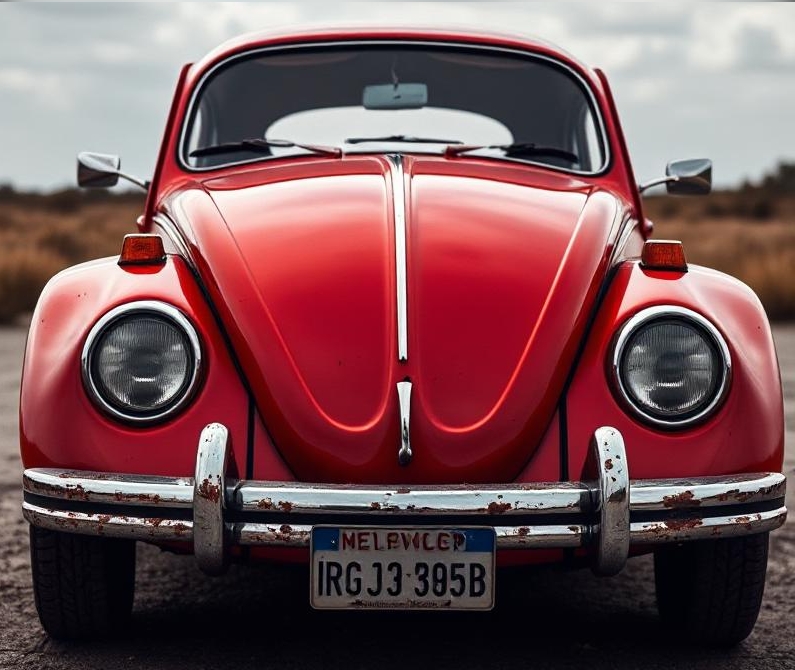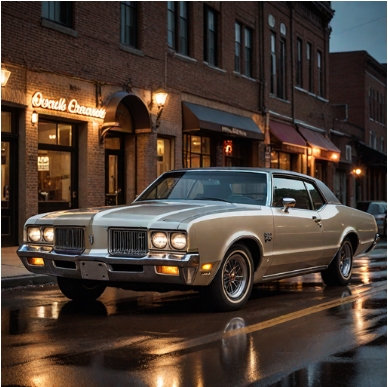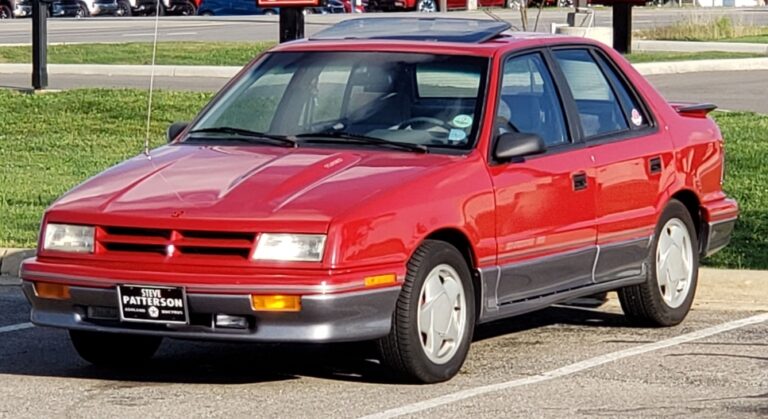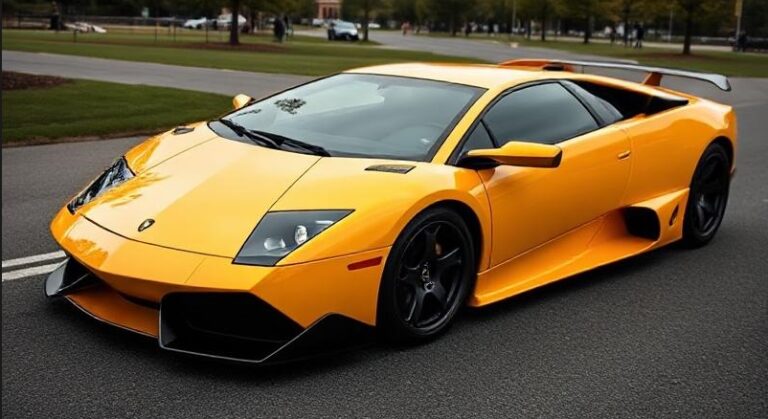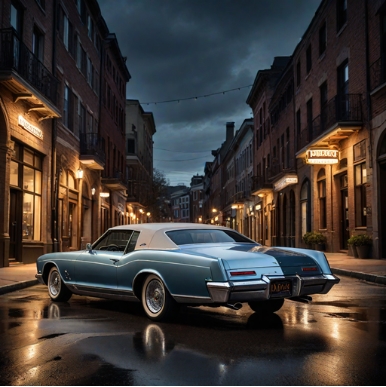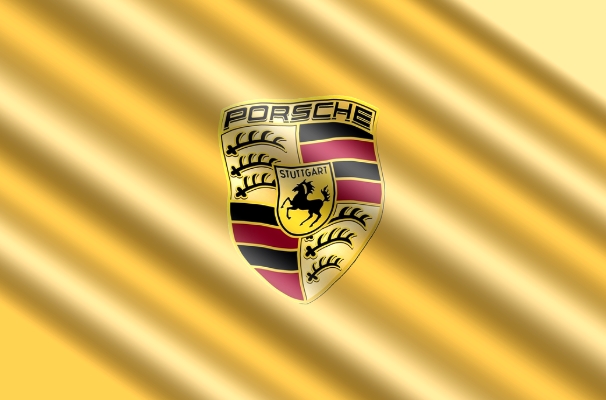The Evolution of the Volkswagen Beetle: A Century of Iconic Design and Innovation
The Volkswagen Beetle, known for its distinctive rounded shape and rear-engine layout, stands as one of the most iconic cars in automotive history. With roots that reach back to the 1930s, the Beetle’s evolution reflects not just advancements in automotive technology but also cultural shifts, design trends, and economic changes. Over the decades, the Beetle has undergone numerous iterations, shaping its legacy as an enduring symbol of freedom, individuality, and fun.
Origins: The Birth of the Beetle (1938-1945)
The Volkswagen Beetle’s origins can be traced to a vision articulated by Adolf Hitler in the 1930s. Hitler sought to create a “people’s car,” a vehicle that was affordable, practical, and that could carry the average German family. German engineer Ferdinand Porsche was tasked with designing this car. The result was the “Volkswagen Type 1,” which became widely recognized as the Beetle.
- Key Features: The original Beetle featured a rear-mounted, air-cooled 1.1-liter flat-four engine and an innovative body design that ensured aerodynamics and practicality.
- Production Years: 1938-1945. Production was limited due to World War II, and initial models were primarily used for military purposes.
Post-War Boom: The Classic Era (1945-1980)
Following WWII, the Beetle’s production was revived in 1945 under new management and became a symbol of recovery and economic prosperity in Germany. Its affordability and robust design made it immensely popular in Europe and later in the United States.
Key Models and Trim Levels:
- 1950s:
- VW Beetle (Type 1): Post-war production began, with upgrades in engine size and body configurations. The first major update was the introduction of the 1.2-liter engine in 1953.
- Beetle Deluxe: Offered more features like chrome bumpers and upgraded upholstery.
- 1960s:
- 1960: Introduction of 1.3-liter engine and larger windows.
- 1967 (The ’67 Bug’): Notable changes included a larger engine (1.5 liters), flatter windshield, and a wider rear view mirror.
- 1968: The Beetle Super emerged, which featured a more powerful 1.3-liter engine with dual-port heads and improved comfort options.
- 1970s:
- 1971: Introduction of the 1.6-liter model that featured improved acceleration and handling.
- 1974: The Super Beetle was reimagined with a larger front trunk, and improved suspension, targeting comfort.
- 1975-1980: The “Last of the Classic Bugs” began to emerge, with diminishing updates but continued production.
Production Numbers
During its long production run, the original Beetle achieved remarkable production figures, with more than 21 million units produced by 2003.
.

.
The Decline of the Original Beetle (1980-2003)
By the late 1970s, the market began to shift toward more modern designs, and emissions standards became stricter. In 1980, Volkswagen ceased production in Germany but continued to manufacture the Beetle in Mexico, where it remained popular.
Final Variations:
- 1990s: The last version of the Classic Beetle (known as the ‘Mexico Bug’ or ‘Vocho’) continued to be built until 2003 with minimal changes.
- Standard models maintained a 1.6-liter engine but were updated for reliability and emissions control.
The New Beetle Revolution: Reinventing the Classic (1998-2010)
In 1998, Volkswagen introduced the New Beetle, a modern homage to the original. The New Beetle was designed by J Mays and featured a rounder design reminiscent of the classic shape, though upgraded with modern technology and luxury features.
Key Features:
- Engines: Engine options included a 2.0-liter inline-four, a turbocharged variant, and a 1.9-liter TDI diesel engine.
- Trim Levels:
- Base Model: Standard features included keyless entry and power windows.
- Luxury Model (GLX): More premium features such as leather seats, a sunroof, and upgraded audio systems.
Volkswagen also introduced a number of special editions, including the Beetle 1.8T and Beetle Turbo S, which added sportier styling and performance enhancements.
Continued Sales
The New Beetle was a commercial success, selling more than 1.2 million units in its initial year, and it continued to capture hearts with its nostalgic design and vibrant color options.
The Resurgence: The Beetle’s Modern Iteration (2011-2019)
In 2011, Volkswagen unveiled a more grown-up version of the New Beetle, simply called “The Beetle.” This model retained the iconic shape but offered a more aggressive look and a wider stance, adapting to modern automotive standards.
Key Features:
- Engines: The engine lineup included a 2.5-liter five-cylinder engine, the turbocharged 2.0-liter inline-four, and a fuel-efficient 1.8-liter turbo.
- Trim Levels:
- Base Model: Standard features included a touchscreen interface and Bluetooth connectivity.
- Design and R-Line: Offered targeted upgrades such as unique paint finishes, sportier chassis tuning, and advanced infotainment systems.
Cultural Impact
The reincarnated Beetle maintained its cultural relevance, appearing in movies and media, and serving as a symbol of camaraderie and freedom.
Conclusion: Legacy and Future
The production of the Volkswagen Beetle officially ceased in 2019, marking the end of an era that lasted more than eight decades. However, its legacy endures. The Beetle has been both a vehicle of the masses and a canvas for automotive creativity, inspiring countless adaptations and a loyal fan base.
As VW looks to the future, the Beetle’s influence can be seen in a variety of their newer offerings, especially as they pivot toward electric and hybrid models. The values embodied by the Beetle—affordability, accessibility, and a spirit of joy—continue to resonate within the Volkswagen brand’s philosophy.
Though the last Beetle has rolled off the production line, its story remains vibrant, echoing through car culture, design, and history. The Volkswagen Beetle will forever be more than just a car; it is a symbol of resilience, design innovation, and a celebration of uniqueness.
